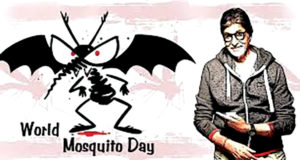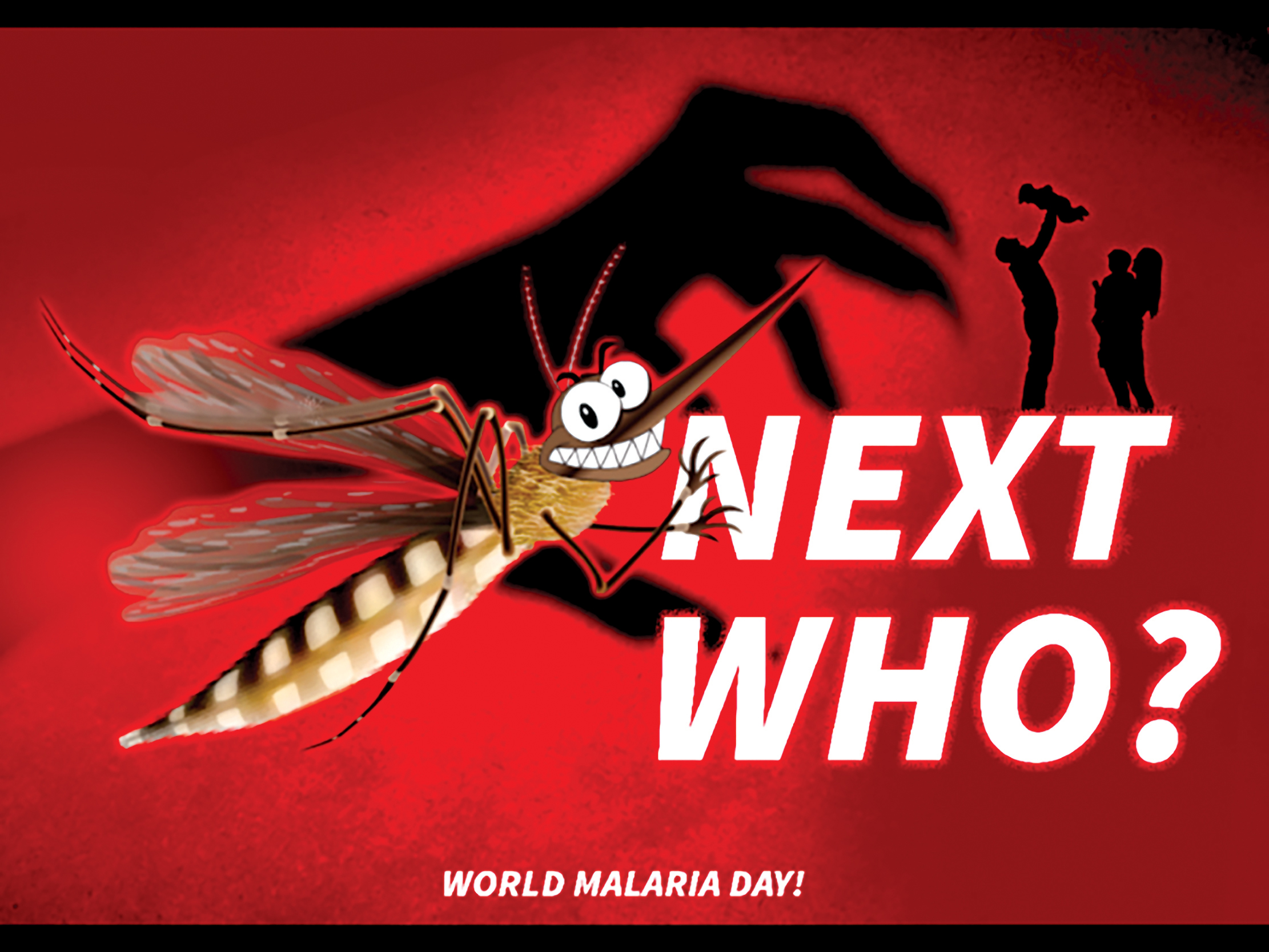The rains provide relief from heat and dust but also bring seasonal hazards such as malaria and viral fever. Here’s a rundown of the usual diseases and their symptoms, as well as precautions you can take
This is a busy time for doctors, as the monsoon brings with it a number of mosquito-borne and water-borne diseases. Abrupt changes in temperature also bring seasonal flu. So how can you distinguish the symptoms of one disease from the other? Many of us do not want to rush to a clinic in the first couple of days, as many fevers run their natural course in a few days.
We asked Dr Ajay Agrawal, Director and Head, Department of Internal Medicine, Fortis Hospital, Noida, to brief our readers on the difference between these seasonal outbreaks. This is what he told us:
MOSQUITO-BORNE DISEASES
Malaria kills thousands of people every monsoon. It is carried by the female Anopheles mosquito.
Symptoms:
- Severe fever with chills, usually occurring within 72 hours of the bite
- Body ache, sweating and cold-like symptoms
- Diarrhoea, jaundice in some cases
Dengue fever is transmitted by Aedes mosquito infected with a dengue virus when it bites a person with dengue virus in their blood. It can’t be spread directly from one person to another person.
Symptoms:
- High fever within 4-7 days of the bite
- Rash on the body along with severe muscle and joint pain
- Pain behind the eyes
- Loss of appetite
- Bleeding gums
Precautions against malaria and dengue:
- Wear full-sleeved clothes when leaving the house
- Carry mosquito repellent
- Avoid stagnation of water
- Use insecticide-treated mosquito nets at night
WATER-BORNE DISEASES
Cholera is usually spread through food and water contaminated by human faeces.

Symptoms:
- Severe diarrhoea and effortless vomiting
- Rapid weight loss and muscle cramps due to dehydration
- Low blood pressure
- Dry mucous membranes
- Loss of skin elasticity
Typhoid Fever is caused by the ingestion of food or water contaminated by the bacteria Salmonella typhi.
Symptoms:
- Poor appetite and lethargy
- Fever, as high as 104 degrees F
- Abdominal pain
- Diarrhoea or constipation
- Headache
- Generalised pains and aches
Hepatitis A (Jaundice) spreads through contaminated stool, food, water or close personal contact with the infected person.
Symptoms:
- Fatigue
- Nausea
- Jaundice, which leads to yellowing of skin or the eyes
- Dark amber-coloured urine
- Appetite loss
- Clay-coloured faeces
Precautions:
- Avoid food or water which has a high probability of being contaminated
- Maintaining strict personal hygiene
- Store food/water in covered containers to protect it from flies
- Ingest small quantities of ORS at short intervals to combat dehydration caused by diarrhoea.
VIRAL INFECTIONS
Flu:
Symptoms:
- Fatigue and body ache
- Running nose or nasal congestion
- Diarrhoea
- Cough or sore throat
- Burning sensation in eyes and skin rashes
Eye infection:
Symptoms:
- Gritty feeling in the eyes
- Swollen eyelids
- Irritation and Itching
- Discharge from one or both eyes
- Blood clots around the cornea
Precautions:
- Have a hygienic diet
- Take plenty of liquids
- Keep yourself clean and detect early signs of weakness
- Avoid contact with infected person
- Make sure you wash your hands thoroughly
The line of treatment for different conditions will, of course, be decided by your doctor. But take basic precautions and you can get through the next few weeks without falling prey to disease.
Dr Reshma is an advocate of wellness, prevention and holistic health. Instagram handle: dr.reshmakhattarbhagat





